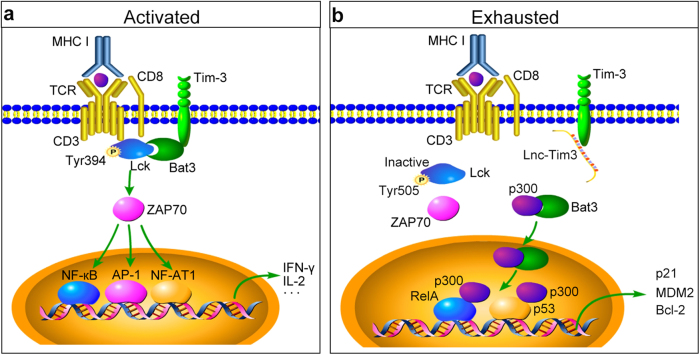Fig. 6. Long non-coding RNA Lnc-Tim3 exacerbates CD8 T cell exhaustion by binding to Tim-3 and inducing nuclear translocation of Bat3 in HCC.
a Briefly, Bat3 can bind to the intracellular domain in the C-terminal tail of Tim-3. Bat3 recruits the catalytically active form of Lck (pLck Tyr394), thereby forming an intracellular molecular complex with Tim-3 that preserves and potentially promotes T cell signaling (ZAP70/AP-1/NFAT1), endogenous cytokine production (IL-2/IFN-γ), and represses CD8 T cell exhaustion. b Interactions between long non-coding RNA Lnc-Tim3 and Tim-3 leads to release of Bat3 from the Tim-3 tail, thereby promoting Tim-3-mediated T cell inhibition by accumulating catalytically inactive form of Lck (pLck Tyr505). Additionally, the released Bat3 is then free to form a complex with p300 and increases its nuclear translocation. Bat3 enhances the recruitment of p53 and RelA to p300 and facilitates subsequent acetylation of p53 and transcription of p21, MDM2, and Bcl-2

